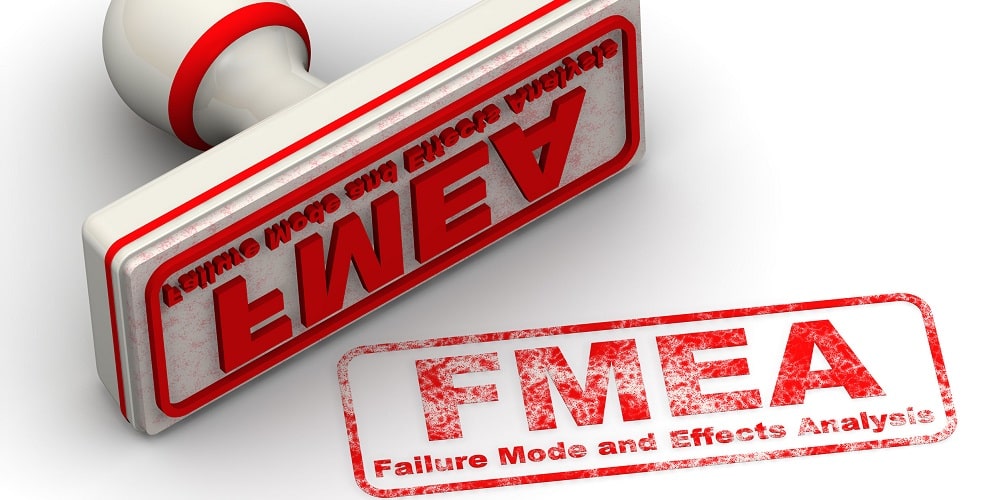Category: IT

Six Sigma Software Metrics, Part 1
Published:Six Sigma brings sharp focus to customer and business requirements and the defects connected with the failure to satisfy them. While the relevance of that view is clear enough to software professionals, their introduction to Six Sigma is often gets stopped short in questions about how the notions of yield, sigma level, or defects per […]
Read more »
Six Sigma Software Metrics, Part 2
Published:Part 1 in this series on software defect metrics discussed Goals 1 and 2, which focused on identifying and removing defects in the development process as close to the point of occurrence as possible (Table 1). This installment looks at predicting defect insertion and removal dynamics early in a project and measuring predicted versus actual […]
Read more »
Tracking and Technology Speed Black Belt Certification
Published:With more than 1,000 trained Black Belts, the U.S. Army continues marching forward in its Lean Six Sigma efforts. Trained Black Belts who complete projects and obtain certification are essential to building a robust cadre of practitioners. To this end, the Army formalized the use of Belt course portfolios (BCPs), the collection of projects assigned […]
Read more »
Six Sigma Aids in Resource Planning for IT Employees
Published:For any process improvement program, effective resource planning is key. A measurement system that will determine the benefit of internal projects from an HR perspective might be particularly helpful in implementing project goals for IT departments.
Read more »
Six Sigma in the Information Technology Services Sector
Published:Challenges Faced Today Offer Solutions for Tomorrow Six Sigma has come a long way from statistically oriented tools to today’s “not so data driven” tools like Lean and quality function deployment (QFD). The application of Six Sigma across different sectors has made this change from statistical tools to softer tools possible. The methodologies and framework […]
Read more »
Objective Defect Evaluation Leads Improvement Efforts
Published:When no process area is clearly failing, but the drive for continuous improvement remains, practitioners should use an end-effect rating system to determine where to focus efforts.
Read more »
Creating a More Accurate IT Availability Definition
Published:Availability is one of the key metrics that demonstrates the overall performance of an information technology (IT) system. But defining and calculating the availability of an IT system from a business perspective is a challenging task. Most of the time, IT departments report availability values that are on the higher side (such as more than […]
Read more »
Phased Deployment Model Helps Six Sigma Succeed in IT
Published:Lean Six Sigma for information technology (IT) is still maturing and has not hit the critical mass to transform the industry to its next level, as it has in other industries in the past 10 years. This may be due in part to common myths about Lean Six Sigma for IT. These myths include: IT […]
Read more »
Six Sigma in Data Warehousing Domain – IT Case Study
Published:Most quality professionals recognize that Six Sigma is a breakthrough strategy. They understand that the methodology uses data to measure current process effectiveness and to validate improvement; uses proven statistical and quality tools to identify process gaps and improvement solutions; and uses change management processes for institutionalizing and integrating improvements in an organizations’ operational and […]
Read more »
Improved IT Project Forecasting Through Six Sigma
Published:The various costs of an information technology (IT) project is forecast at the beginning of the fiscal year and usually re-forecast at the end of each month based on the actual spending pattern. Variation in the IT project forecasting process can result in either underspent or overspent budgets. As is true in most processes, variation […]
Read more »
Using a Criteria-Based Matrix to Prioritize IT Projects
Published:One of the common challenges for a company’s information technology (IT) department is how to prioritize IT projects that can deliver the greatest benefits to the business. A criteria-based matrix can be an effective tool in prioritizing the IT projects with just such results. The matrix is a vast improvement over allowing priorities to be […]
Read more »
ITIL and Six Sigma Make a Winning Combination for IT
Published:The Information Technology Infrastructure Library (ITIL) and Six Sigma have both been successfully employed to improve the quality of information technology (IT) services. Often the two approaches, although distinctly different but with a common focus on customer satisfaction at their core, are used independently of each other. Fortunately many organizations are coming to realize the […]
Read more »
Lean First, or Six Sigma?
Published:When initiating process improvement the question often arises which to pursue first – Lean, Agile, Six Sigma or a combination of these tools. There have been case studies surrounding the order of choice – or whether Lean and Six Sigma complement each other at all. Many Six Sigma experts have spent significant time living and […]
Read more »
Implementing Six Sigma Methodology in a Small IT Firm
Published:Leaders of small to medium-sized information technology (IT) businesses are aware of Six Sigma and what it has done for other organizations. However, some think that Six Sigma works only in large businesses. Six Sigma can help improve any organization by providing an important competitive edge. The main thing that prevents these IT firms from […]
Read more »
Rush to Enact Solutions Sabotages a DMAIC Project
Published:In 2004, a small and relatively young technology company (7,500 employees and an annual revenue of $2 billion) implemented the Public Company Accounting Reform and Investor Protection Act of 2002, or what is usually referred to as the Sarbanes-Oxley Act (SOX). In an effort to be fully compliant the company identified and initiated more than […]
Read more »
How Six Sigma Can Help ITIL Service Level Management
Published:Many information technology (IT) organizations are utilizing the Information Technology Infrastructure Library (ITIL) as a guiding framework for operational excellence. One of the many “best practices” within ITIL is utilization of service level agreements, (SLAs) and operational level agreements (OLAs). When implemented well, these agreements and associated management processes go far in establishing fruitful working […]
Read more »
Problem Management: Coordinating ITIL and Six Sigma
Published:Information technology (IT) expenses are growing at a significantly faster rate than any other portion of most businesses, and IT has become a significant component in the cost of doing business. Increasingly, IT organizations are required to determine the cost of delivering and supporting particular services, as well as qualifying and quantifying the value that […]
Read more »
What CIOs and CTOs Need to Know About Lean Six Sigma
Published:CIOs and CTOs are faced with a plethora of issues ranging from corporate realignment to growth to shrinking budgets. Many have heard about Lean Six Sigma but given their busy state of mind, it is difficult for them to dedicate the time required to translate Lean Six Sigma successes in top manufacturing company’s to its […]
Read more »
Process Improvement and Technology: The Virtuous Cycle
Published:Because of information technology’s unique role as a support function in most organizations, process improvement means improving both the processes of its internal management system and the business it supports. As a matter of fact, for most organizations today information technology (IT) infrastructure and management is the backbone of all critical processes. Combine that with […]
Read more »
Software and IT Measurement Systems: Effort Accounting
Published:Effort accounting is needed in software and IT for the simple reason that labor is generally the most important controllable element of cost. Labor cost (effort hours times prevailing labor rate) is an essential and fundamental element of efficiency measurement. Six Sigma projects in software and IT (especially DMAICs) are often focused on driving down […]
Read more »
A Parallel Process View for Information Technology
Published:The value and impact that a solid Design for Six Sigma (DFSS) approach can bring to an IT business is well known. While many organizations understand the relationship between DFSS and their own project management approach, what they often miss is attention to the foundational concepts of Lean and DMAIC (Define, Measure, Analyze, Improve, Control) […]
Read more »
Manage IT Projects and Resources the Six Sigma Way
Published:Best-practice companies have been using Lean Six Sigma to drive Information Technology (IT) improvements and better software designs for years. But broad acceptance, despite proven results in the sector, has been slow. This may be due to a lack of understanding about the processes and benefits of Lean Six Sigma. By exploring how Lean Six […]
Read more »
Exploring Defect Containment Metrics in Agile
Published:While Design for Six Sigma (DFSS) and Agile software development seem to have different orientations, there is more linkage than meets the eye. On one hand, DFSS and Agile appear to be at odds: DFSS talks about “stages” and tollgates, which Agile eschews in favor of Lean “single piece” or small batch flow. DFSS talks […]
Read more »
DMAIC Helps Agency Craft Green Electronics Plan
Published:The increased demand and limited supply of fossil fuels has signified the importance of energy efficiency and conservation across the world. Energy resourcefulness has come to the forefront in both federal and private organizations policies and practices. Many organizational standards and procedures aim to minimize the use of energy, thereby protecting the environment. Various federal […]
Read more »